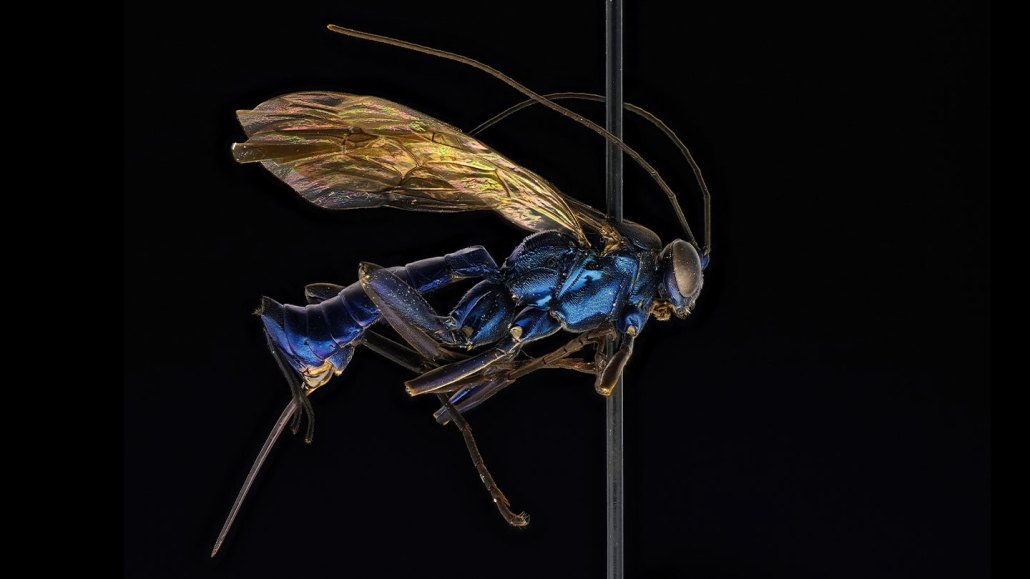One mountain in Brazil is home to a surprising number of these parasitic wasps
Thought to thrive in milder climates, many species of Darwin wasps apparently love the tropics too

The brilliantly blue Pimpla caerulea is one of the Darwin wasps that researchers found living on the slope of a Brazilian mountain.
Kari Kaunisto/Biodiversity Unit/University of Turku